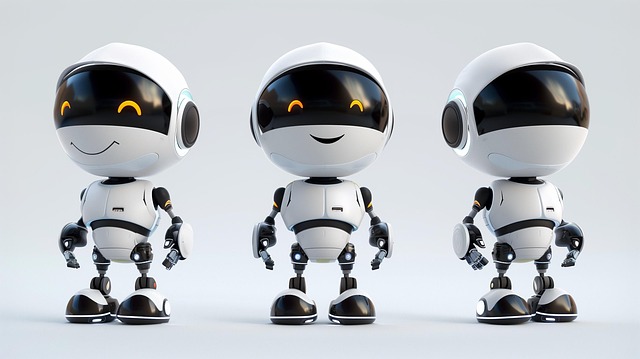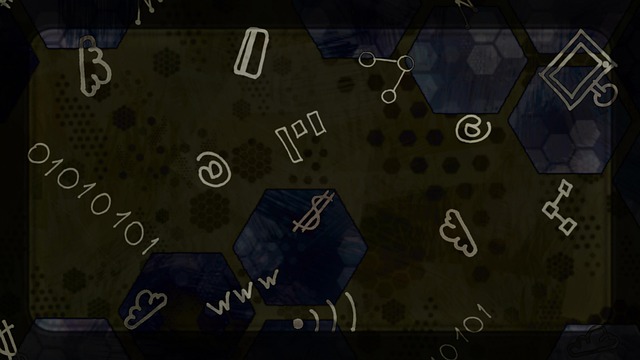AI chatbots, powered by Natural Language Processing (NLP), have transformed technology interaction with natural conversations. Understanding their fundamentals is key to developing virtual assistants or leveraging top-tier free options like OChatbot. Choosing the right platform, considering scalability and API accessibility, is crucial. Designing and training involves defining purpose, gathering diverse training data, and refining over time. Rigorous testing ensures accuracy, followed by deployment on suitable platforms for seamless integration. Regular maintenance keeps the OChatbot effective and relevant through updates and feedback-driven improvements.
Creating an AI Chatbot has become increasingly accessible with the advent of powerful yet user-friendly platforms. This comprehensive guide will walk you through the process, from understanding the fundamentals of AI chatbots to deploying your very own best free AI chatbot. We’ll explore platform selection, bot design, training methods, and ongoing maintenance tips for an efficient OChatbot that enhances user experiences. Get ready to revolutionize your digital interactions!
- Understanding AI Chatbot Basics
- Choosing the Right Platform for Your OChatbot
- Designing and Training Your Bot
- Testing, Deploying, and Maintaining Your Free AI Chatbot
Understanding AI Chatbot Basics

AI chatbots have revolutionized the way we interact with technology, offering natural and conversational interfaces to access information and perform tasks. Understanding their basics is crucial for anyone looking to create their own virtual assistants or engage with existing best free AI chatbot solutions like OChatbot. At their core, these chatbots use Natural Language Processing (NLP) to interpret human language, enabling them to comprehend and respond to user queries. This technology allows chatbots to learn from conversations, adapt to different user needs, and continuously improve over time.
The foundation of an AI chatbot lies in its training data, which consists of vast amounts of text or voice interactions. By feeding this data into machine learning algorithms, the chatbot learns patterns and contexts to generate relevant responses. Whether it’s a simple Q&A system or a complex conversational agent, the process involves designing conversation flows, defining intents (user intentions), and entites (relevant entities) to ensure accurate understanding and context-aware responses.
Choosing the Right Platform for Your OChatbot

When creating an AI Chatbot, selecting the appropriate platform is a pivotal step that can significantly impact its performance and development process. The market offers a plethora of options, ranging from complex enterprise-level software to user-friendly, free AI chatbot builders. For those seeking a hassle-free and cost-effective solution, exploring best free AI chatbot platforms is advisable. These tools often provide essential features for building basic conversational agents without the need for extensive coding or technical expertise.
Consider your project’s scope and requirements when choosing an OChatbot platform. Free options might be ideal for testing concepts, creating simple customer support bots, or experimenting with natural language processing (NLP) capabilities. However, for more advanced chatbots with custom integration needs, specialized platforms or custom development may be necessary. Evaluating factors like scalability, API accessibility, and the availability of pre-trained models can help you decide on a platform that aligns with your OChatbot’s long-term goals.
Designing and Training Your Bot

Designing and training your AI chatbot is a crucial step in bringing it to life. Start by defining your bot’s purpose and target audience. This will guide your choice of conversational tone, language complexity, and response types. For instance, a customer support bot might require extensive knowledge base access and precise, factual responses, while an entertainment bot could focus on creative, engaging interactions.
Next, gather and prepare training data. The quality and diversity of this data directly impact your bot’s performance. Use diverse datasets, including previous conversations, domain-specific information, and user feedback to train your oChatbot using the best free AI chatbot tools available. Regularly refine and update these datasets as your bot interacts with users, allowing it to learn from new scenarios and improve its responses over time.
Testing, Deploying, and Maintaining Your Free AI Chatbot

After crafting your oChatbot, it’s time to put it through its paces. Thorough testing is crucial to ensure your AI chatbot delivers accurate and relevant responses across various user queries. Simulate real-world scenarios, test edge cases, and gather feedback from a diverse set of users to identify any kinks in the system. Utilise tools like A/B testing to compare different versions and continuously refine its performance.
Once you’re satisfied with your oChatbot’s capabilities, it’s time to deploy it for public use. Platforms offering the best free AI chatbot services make deployment a breeze. These platforms often provide user-friendly interfaces for integrating your chatbot into websites, mobile apps, or messaging platforms. Regular maintenance is key to keeping your oChatbot running smoothly. Continuously monitor its performance, update underlying data sources, and implement improvements based on user feedback and analytics to ensure your AI chatbot remains relevant and effective over time.
Creating an AI Chatbot has never been easier with the right tools. By understanding the fundamentals, selecting a suitable platform like OChatbot, designing and training your bot effectively, and implementing thorough testing and maintenance, you can develop a robust and engaging best free AI chatbot to enhance user experiences. OChatbot empowers users to navigate complex interactions seamlessly, making it an indispensable resource for modern communication.
